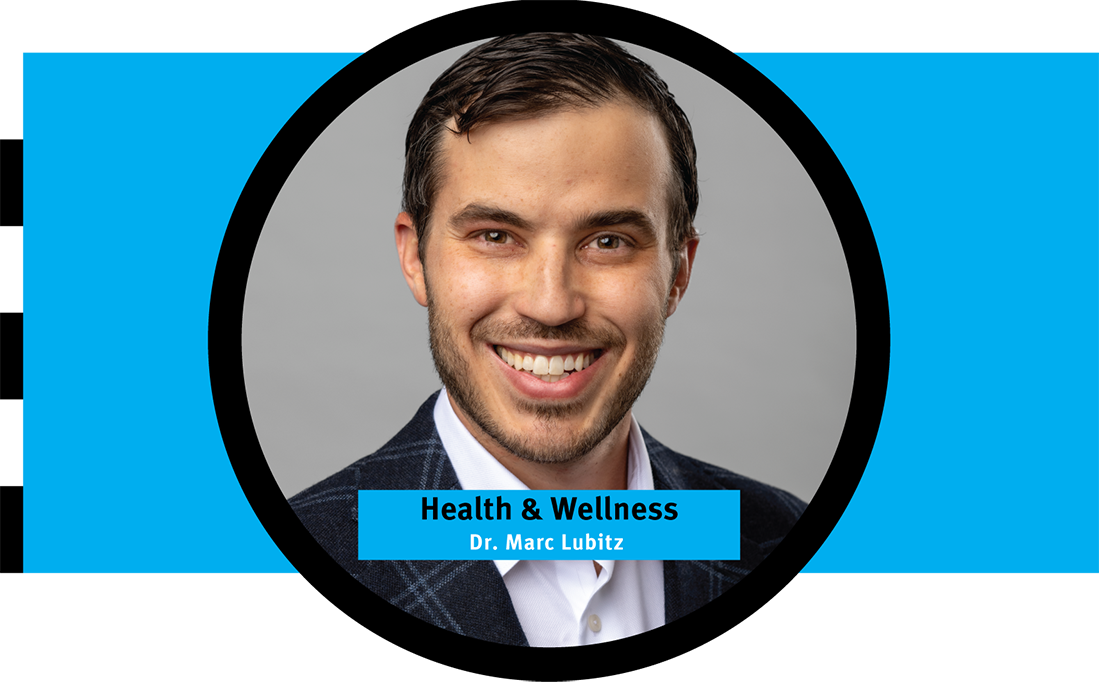In 2024, one of the most common surgeries I find myself discussing with patients is the, “Reverse Total Shoulder Replacement.” However, its purpose still remains confusing to most. The idea for this surgery was first introduced in 1974 by Dr. Charles Neer in New York. The need was born from our futility in addressing severe rotator cuff tears. The rotator cuff (a group of 4 muscles that controls shoulder function), is essential for normal shoulder function. When it tears, which is common, oftentimes it can be repaired; but not always. When the tears are irreparable, we used to be out of options, and the patient would inevitably lose significant function of the shoulder. Then came The Reverse.
In 1985, Dr. Paul Grammont in France developed the first widely used version of the Reverse Shoulder. This design was based on 2 major principles. Firstly, the arm is lengthened. This tensions your deltoid muscle which can then take over for the defunct rotator cuff. Secondly, by using a hemisphere and a socket, it makes the new shoulder joint inherently stable and thus, not reliant on the rotator cuff.
Your normal shoulder can be described as a, “golf ball on a tee,” which relies on careful balance of the rotator cuff muscles to remain in place. The Reverse is a “ball-and-socket,” joint which is far more stable without relying on the rotator cuff muscles for balance. The most biomechanically stable way to achieve this with implants was by “reversing,” the shoulder. This means the ball is now where the socket was and vice versa. This is how the procedure derived its confusing name. While at first this sounds Frankensteinian, it’s truly an elegant biomechanical solution to a long standing orthopaedic problem.

Since 1985, the designs and implants have continued to improve significantly. The components have become much more durable and implant positioning has been continuously refined. Recently, computer planning software and custom, 3D printed implants have led to even greater advances. The indications for surgery have also expanded. While originally designed only for patients with severe, massive rotator cuff tears, we now perform reverse shoulder replacement for arthritis, fractures, and more.
Overall, reverse shoulder replacement is an increasingly common orthopaedic procedure, and is a great solution for patients with irreparable rotator cuff tears, severe shoulder arthritis, and shoulder fractures. As the procedure continues to be refined, outcomes will continue to improve, and more people will get their shoulder function closer to normal.
And yes, you definitely can get back to golf and pickleball, without issues, after reverse shoulder replacement!


